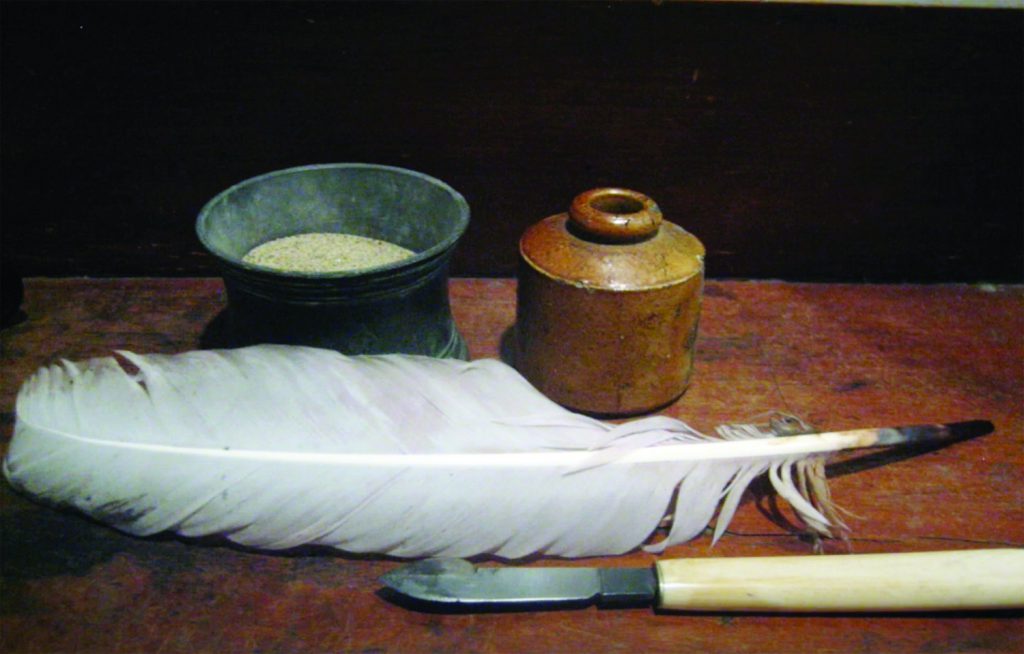By Jesse Robitaille
This is the third story in a four-part series exploring Toronto’s postal history from the formation of York in 1793 through the present day.
At the helm of Toronto’s post office during its incorporation and subsequent population boom, James Scott Howard oversaw mail delivery from July 1828 until his dismissal nearly 10 years later.
About a decade after the city incorporated in 1834, its population more than doubled to 21,000. While an excellent postal service was necessary, mail delivery in and around Toronto was “slow and sometimes tragic,” according to Zoé Delguste-Cincotta, curator of the Town of York Historical Society, which manages Toronto’s First Post Office (TFPO).
“Roads in and around Toronto, when they would finally be built, were notoriously poor and waterlogged for three seasons of the year,” she said.
Adding to the issues surrounding 19th-century mail delivery was mail users’ lack of trust in the postal service’s ability to “succeed against such difficulties as coaches becoming mired in mud, tipping over on poorly maintained log roads or falling through ice on frozen rivers.”
In the mid-19th century, mail delivery was hindered by inclement weather, armed robbery, unclear spelling of names and addresses and a “newly mobile world population,” added Delguste-Cincotta.
“The people had very little choice but to communicate through paper. It was face to face or by paper; you had no other choice.”
Before Canada issued its first stamp in 1851, most people also preferred to send their mail collect, she said, referencing a time when mail recipients – not senders – would pay postage costs directly to the mail carrier upon delivery.
“Free paying for a letter’s journey was seen as optimistic and foolhardy.”
Before 1851, Toronto’s postmasters – including William Willcocks (1797-1801); William Allen (1801-06); Donald McLean (1806-08); Allen once again (1808-28); Howard (1828-37); and then Charles Berczy (1838-53) – would write the postage cost on the upper right-hand corner of a letter. Postage costs for mail sent collect would be written in black while pre-paid postage costs would be marked in red.
“Recipients also had to pay for the second part of a cross-border trip – no option – as countries did not yet have agreements for handling each other’s mail,” she said, adding senders were responsible for postage costs up to the border or the ship that would take it by sea to its destination.
At the helm of Toronto’s post office during its incorporation and subsequent population boom, James Scott Howard oversaw mail delivery from July 1828 until his dismissal nearly 10 years later.
About a decade after the city incorporated in 1834, its population more than doubled to 21,000. While an excellent postal service was necessary, mail delivery in and around Toronto was “slow and sometimes tragic,” according to Zoé Delguste-Cincotta, curator of the Town of York Historical Society, which manages Toronto’s First Post Office (TFPO).
“Roads in and around Toronto, when they would finally be built, were notoriously poor and waterlogged for three seasons of the year,” she said.
Want to read the rest of this story, and others? Click here to subscribe now!
Already a digital subscriber? Click here to read full story in digital format

